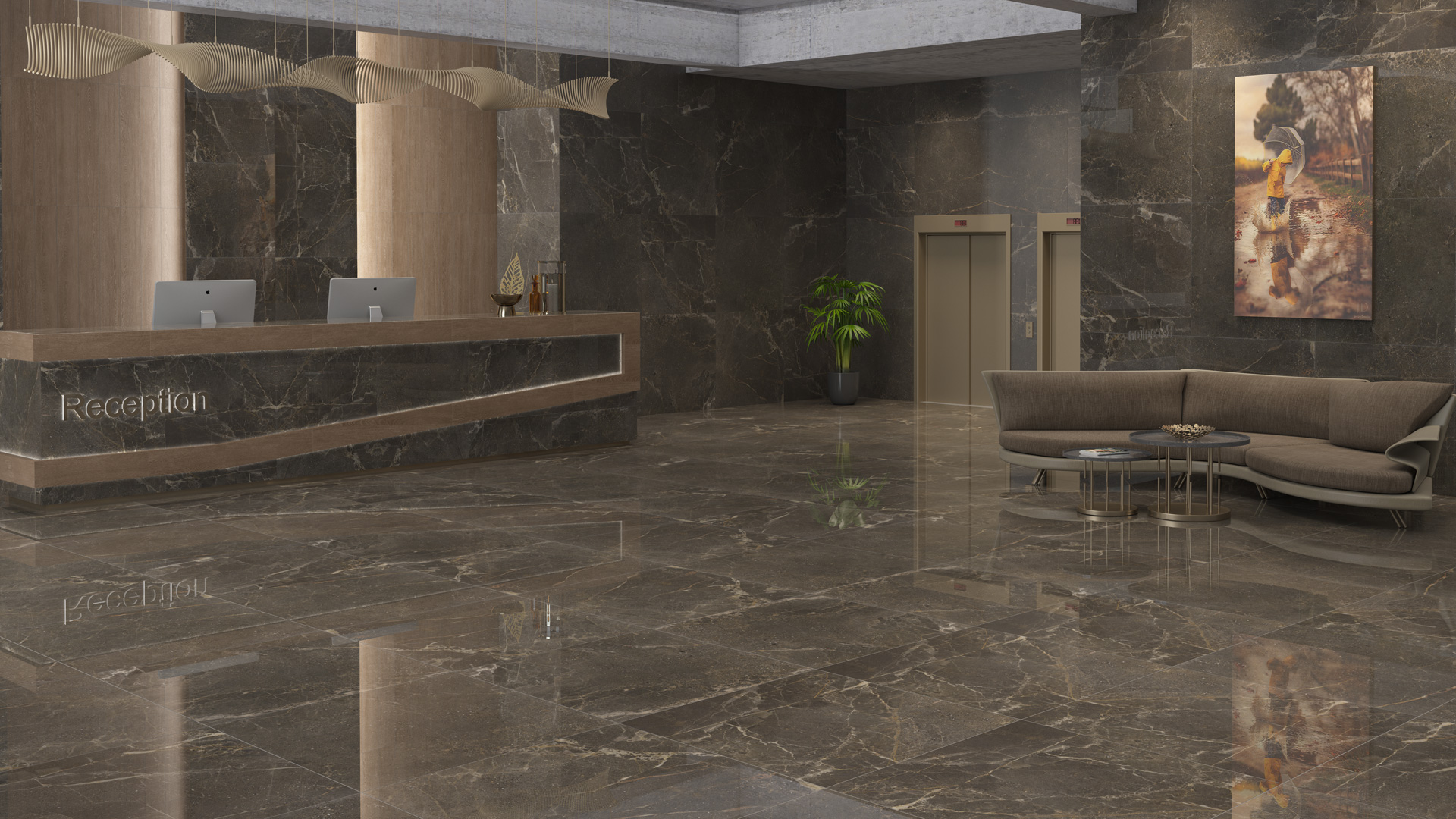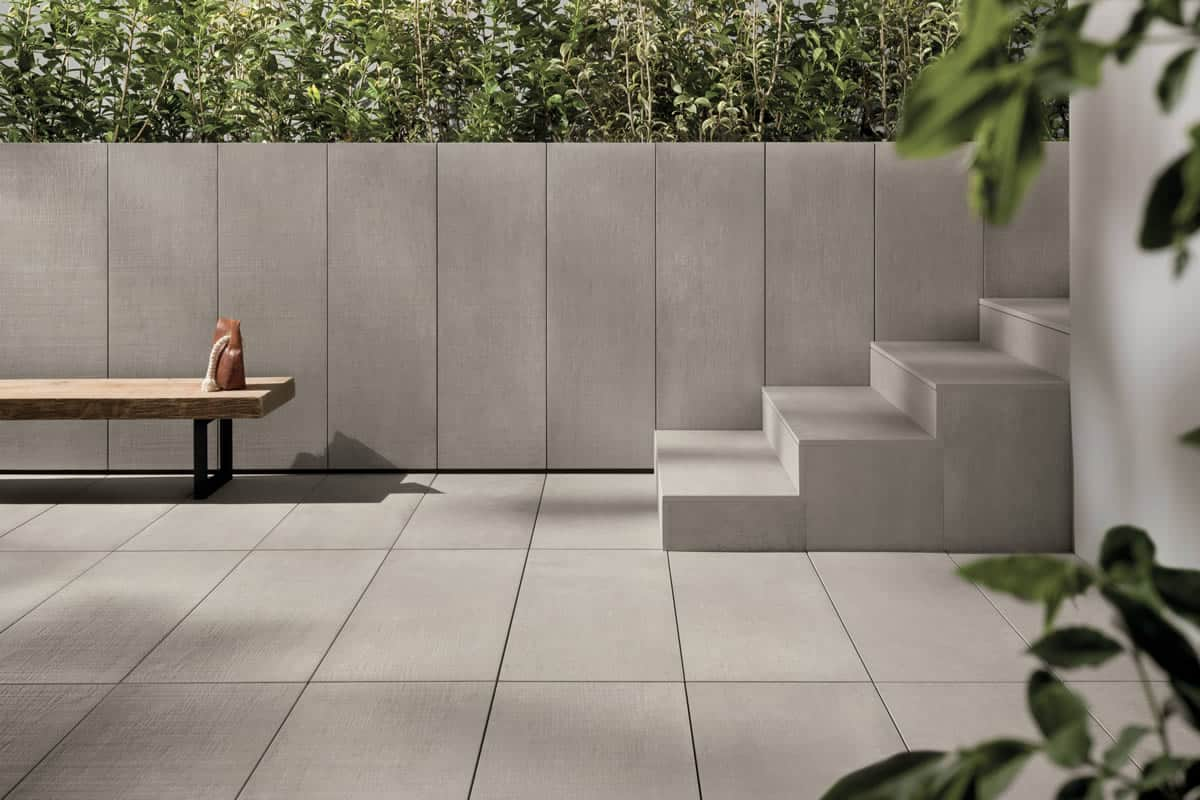Ceramic Slab Tiles and Their Impact on Reducing Maintenance Costs
Ceramic slab tiles—large-format tiles typically measuring 600×1200 mm or larger—are redefining modern architecture and design due to their durability, aesthetic versatility, and ability to minimize long-term maintenance costs. In commercial, residential, and industrial settings, these tiles are increasingly preferred for their capacity to withstand heavy use, resist damage, and simplify cleaning. This article explores how slab tiles reduce maintenance expenses through their material properties, design features, and functional benefits.
Key Features of Ceramic Slab Tiles That Reduce Maintenance Costs

1. Durability and Resistance to Wear and Tear
– High Strength and Density:
Porcelain slab tiles, a subset of ceramic tiles, are fired at high temperatures, resulting in a dense, non-porous structure. This makes them highly resistant to scratches, stains, and chemical exposure.
– Maintenance Impact: Reduced need for repairs or replacements in high-traffic areas like lobbies, corridors, or retail spaces.
– Thermal and Chemical Stability:
Slab tiles withstand temperature fluctuations and resist degradation from cleaning agents, solvents, or humidity.
– Maintenance Impact: No need for frequent resealing or recoating.
2. Minimal Grout Lines
– Seamless Surfaces:
Large tiles cover surfaces with fewer grout joints, reducing the risk of dirt, mold, or moisture accumulation.
– Maintenance Impact: Less grout to clean, reducing labor and material costs.
– Grout Durability:
Where grout is used, slab tiles allow for wider joints, which are easier to clean and less prone to cracking.
3. Easy Cleanability
– Non-Porous Surfaces:
Ceramic tiles do not absorb liquids, making spills and stains easier to wipe away.
– Maintenance Impact: Quick cleanup reduces the need for harsh chemicals or deep-cleaning cycles.
– Anti-Slip and Anti-Microbial Coatings:
Advanced finishes (e.g., nano-coatings) repel dirt and inhibit bacterial growth, ideal for healthcare or foodservice environments.
4. Resistance to Environmental Damage
– UV and Weather Resistance:
Outdoor-rated slab tiles maintain color and texture over time, avoiding fading or cracking.
– Maintenance Impact: No costly repainting or recoating for exterior surfaces.
– Low Porosity:
Prevents water absorption, reducing the risk of mold or mildew in humid areas like bathrooms.
Cost-Benefit Analysis: Slab Tiles vs. Smaller Tiles
1. Initial vs. Long-Term Costs
– Higher Initial Investment:
Slab tiles may cost 10–20% more per square meter than smaller tiles. However, their longevity and low maintenance offset this over time.
– Long-Term Savings:
– Reduced Labor: Fewer tiles mean less installation time and lower labor costs.
– Lower Material Waste: Larger tiles minimize cutting and offcuts, reducing material waste.
– Extended Lifespan: Slab tiles often last 30+ years, compared to 10–15 years for some smaller tiles.
2. Maintenance Expense Reduction
– Cleaning Costs:
Reduced grout lines and easy cleanability cut annual cleaning expenses by up to 30%.
– Repair Costs:
Fewer instances of chipped tiles or grout damage lower repair bills.
Applications and Case Studies
1. Commercial Spaces
– Case Study 1: Retail Flooring:
A luxury mall replaced small ceramic tiles with 1200×600 mm slabs. Maintenance costs dropped by 25% due to reduced grout cleaning and fewer tile replacements.
– Case Study 2: Hospital Corridors:
Porcelain slab tiles with anti-microbial coatings eliminated mold growth, reducing annual cleaning costs by 40%.
2. Residential Use
– Case Study 3: Kitchen Backsplashes:
Homeowners using 600×1200 mm tiles reported no grout maintenance for 5+ years, compared to annual touch-ups required for smaller tiles.
3. Outdoor Surfaces
– Case Study 4: Restaurant Patios:
Weather-resistant slab tiles with UV-resistant glazes maintained color and texture for 10 years, avoiding costly resurfacing.
Environmental and Sustainability Benefits
– Reduced Waste:
Longer-lasting tiles minimize landfill contributions from discarded tiles.
– Water Savings:
Easy cleanability reduces water usage during maintenance.
– Recyclability:
Porcelain tiles can be recycled into new products, aligning with circular economy principles.
Challenges and Considerations
– Installation Expertise:
Heavy tiles require skilled labor and proper substrates to avoid cracking.
– Initial Cost Hurdles:
Budget constraints may delay adoption in cost-sensitive projects.
– Design Flexibility:
While large tiles simplify maintenance, smaller tiles offer more creative layout options.

Future Innovations in Slab Tile Technology
1. Self-Cleaning Tiles:
Tiles with photocatalytic coatings break down dirt and pollutants when exposed to light.
2. Smart Tiles:
Sensors embedded in tiles monitor wear and tear, enabling predictive maintenance.
3. Bio-Based Materials:
Tiles made from organic compounds (e.g., bamboo fibers) reduce environmental impact.
Conclusion
Ceramic slab tiles are a cost-effective solution for reducing maintenance expenses in both commercial and residential settings. Their durability, ease of cleaning, and resistance to environmental damage translate to long-term savings in labor, materials, and repairs. As manufacturing technologies advance—such as nano-coatings and smart sensors—these tiles will become even more efficient and sustainable. For architects, designers, and facility managers, investing in slab tiles is not just an aesthetic choice but a strategic financial decision that yields measurable returns over time.
This article provides a data-driven analysis of how slab tiles optimize maintenance costs, offering actionable insights for professionals seeking durable, low-maintenance solutions.
قیمت های موجود در سایت تاریخ بروزرسانی آن ها ذکر شده و قیمت نهایی محصولات نمی باشند. لطفا جهت ثبت سفارش و استعلام قیمت بروز با کارشناسان ما در ارتباط باشید.
(035-3357)